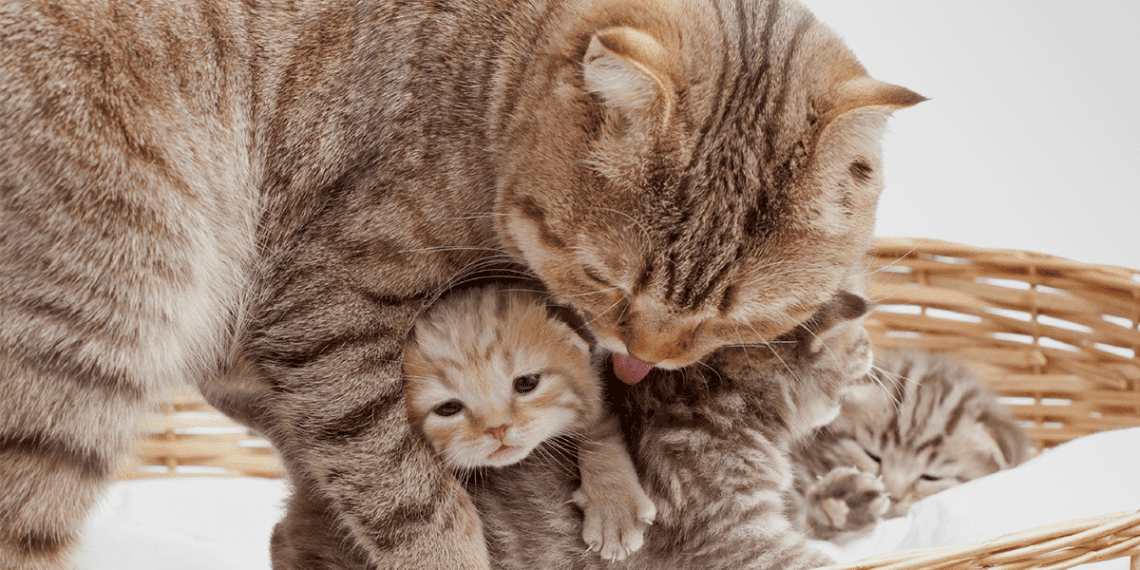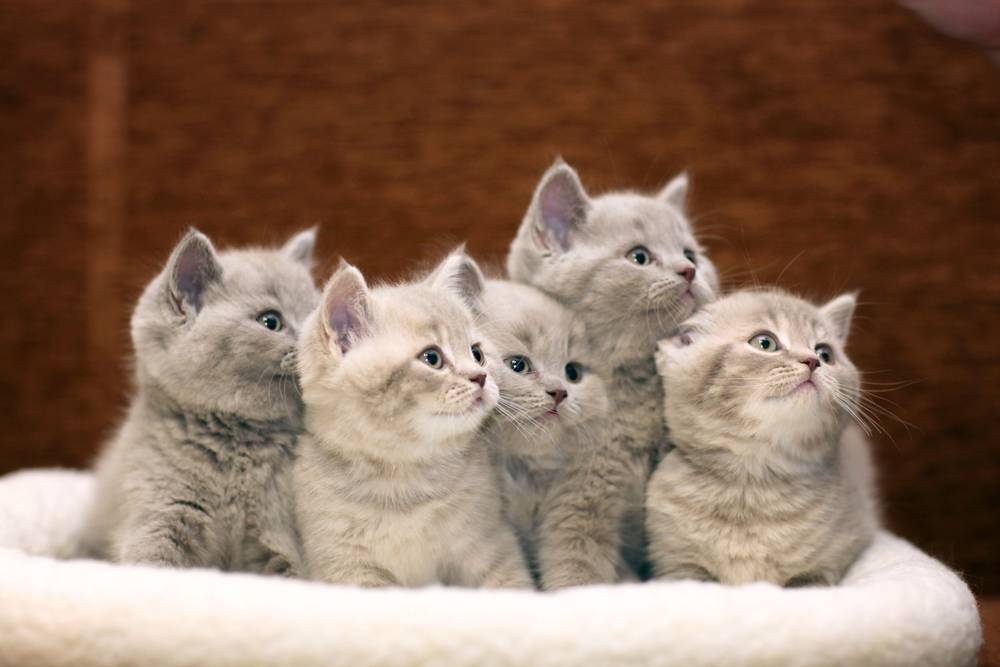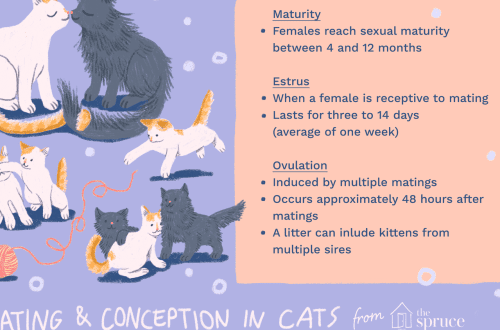
First birth of a cat

Contents
How to prepare for the first birth of a cat?
To prevent possible complications, it is necessary to prepare the following in advance:
Place for cats and kittens. Two boxes with a bottom lined with a soft cloth will do: while the cat will give birth in one of the boxes, it is better to put newborn kittens in the other;
Disposable sterile gloves;
Antiseptics (for processing);
Scissors that must be disinfected;
Pipette for kittens.
You should not rely only on yourself, you should consult with a veterinarian in advance, but it is better to invite him to give birth. Complications may arise in the process, so it is important to play it safe or keep in touch with a specialist at least by phone.
By what signs can you understand that childbirth has begun?
It is not difficult to determine the onset of childbirth in a cat: most animals begin an active search for a place in the house where they can bring offspring. At this time, the cat finds itself in the most unexpected places: in the closet, under the covers, on clothes. This is instinct. The animal feels that offspring will soon appear, and is looking for where it is best to place it. This behavior begins a few days before the birth itself, from now on it is important to constantly monitor the animal. Shortly before the birth, the first milk appears in the cat, and the body temperature drops slightly – up to 37 ° C, the cat becomes restless and active.
Stages of labor activity of a cat
The birth of a cat takes place in several stages:
Start of fights. Usually at this moment the cat’s stomach becomes tight, contractions occur, which increase in intensity, the cat meows loudly, sometimes purrs and often licks itself. The animal is in pain, and it happens that the cat’s breathing quickens. It is necessary to stroke the cat in order to calm it down a little, and make sure that it does not run away, but lies quietly in the box;
The appearance of kittens. Babies are sometimes born in the amniotic sac, the cat must itself gnaw through the umbilical cord and lick the kitten; it’s all genetic, so it’s best not to interfere. Help is required if the cat is ignoring the kitten;
Release of the placenta. This is the final stage of childbirth, accompanied by the last contractions.
All cats give birth differently. For some, childbirth is quick, for others it takes longer, but in general the whole process lasts from 6 to 12 hours. You should not rush to clean everything up: sometimes it seems that everything is over, but these are just breaks, after which more kittens appear.
When might you need help?
If everything is going well, there is no need to intervene. You need help if:
The cat has inconclusive contractions;
There were discharges ahead of time;
Childbirth is delayed;
The cat ignores the kittens and did not gnaw through the amniotic sac;
If the pregnancy is delayed, the deadlines have passed, and labor has not occurred.
In these situations, you should immediately contact your veterinarian. In all other cases, everything should go well: nature independently regulates the process.
27 2017 June
Updated: October 5, 2018





